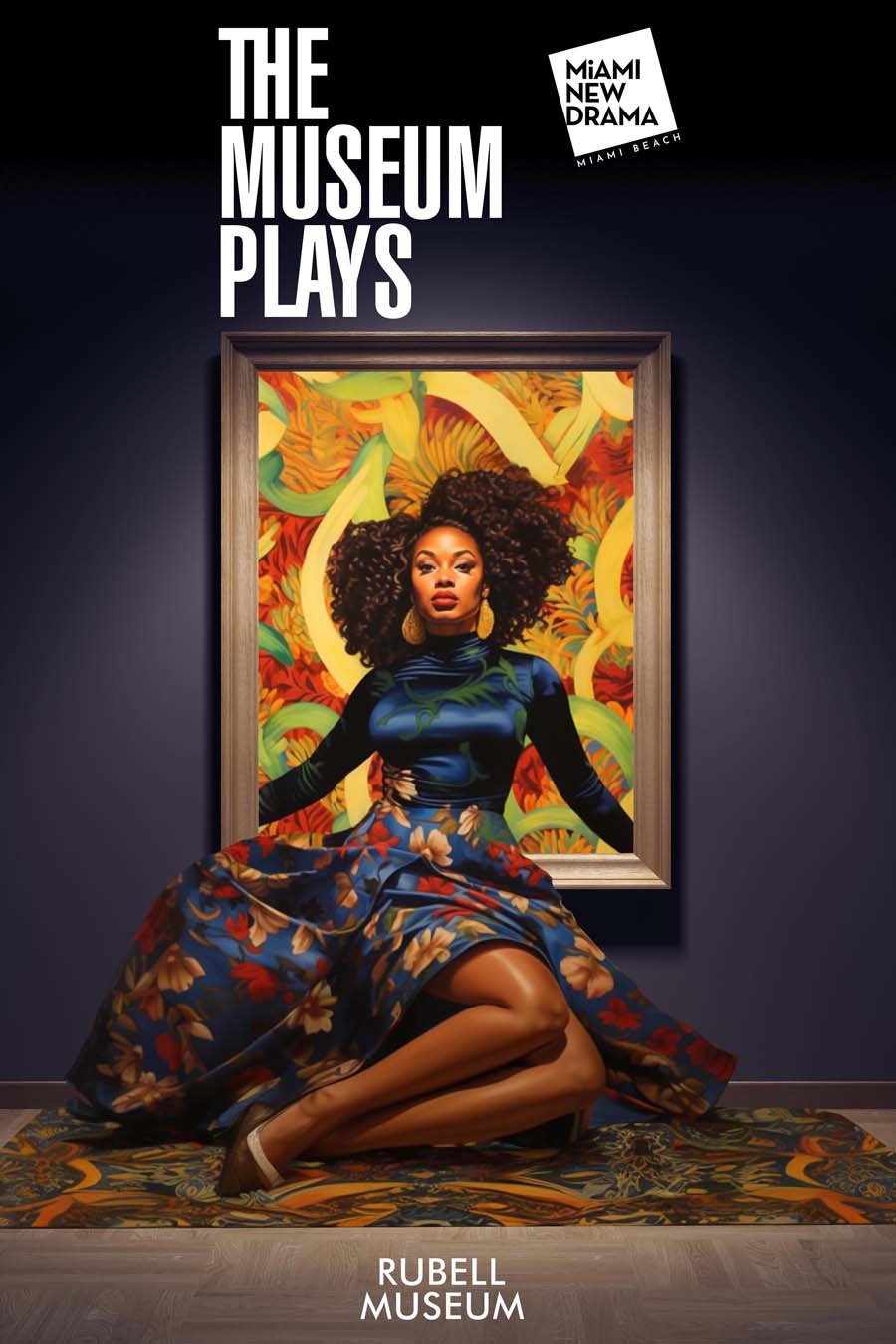
The Rubell Museum has partnered with the Miami New Drama theater company for a series of short plays based on paintings on view in its galleries.
Collectively titled The Museum Plays, the project will present six plays, each running about 10 minutes-long, inspired by the works of artists including Kehinde Wiley, Glenn Ligon, and the late Kaari Upson. The works will run from February 22 through March 31, as reported by Playbill.
The plays include playwright Aurin Squire’s Maybe It’s About Love, inspired by Wiley’s Triple Portrait of Charles I (2007); Rogelio Martinez’s Bedfellows, created in reference to Upson’s Rubells (2014); and actor Carmen Pelaez’s America, which looks to Ligon’s 2008 sculpture of the same name.
Meanwhile, playwright Marco Ramirez has written Body of Work; performer Hannah Benitez has created Muse, using Jenna Gribbon’s Scenicscape (2021) as a jumping-off point; and Harley Elias will present the fittingly titled Not a Scam, based on Alfonso Gonzalez Jr.’s Bitcoin-referencing sculpture Your Ad Here (2022).
Kehinde Wiley, Triple Portrait of Charles I (2007). © Kehinde Wiley Studio. Courtesy of the National Portrait Gallery.
The initiative was conceived and created by Michel Hausmann, the theater company’s artistic director who is overseeing the plays with the company’s director of new works, Tatiani Padiani.
“We can’t wait for this dynamic adventure in creativity to explode in our museum this coming season. Our entire team is beyond excited to have our audience join in this experience,” museum co-founder Mera Rubell said in a statement.
Rubell added that the museum was “honored” to partner with Miami New Drama and called Hausmann “brilliant.” Hausmann returned praise for the Rubell family as the “forefathers of the visual arts revolution that has propelled Miami into one of the greatest artistic capitals in the world.”
“Through The Museum Plays, our audiences can deepen their connection to the works on view in our galleries,” Rubell said in her remarks, “and consider them in a new, dynamic context.”